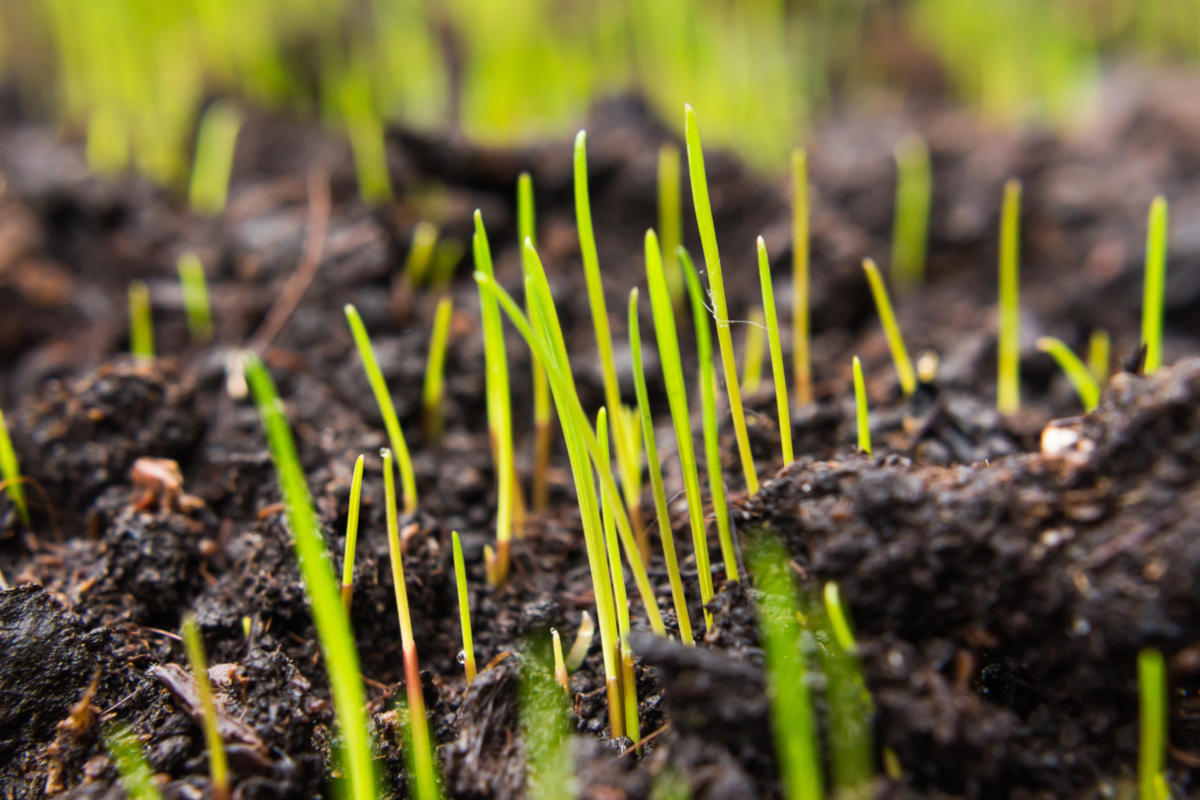Grass Seed Calculator
Project Type:
Seed Needed:
Lbs
Lbs per 1,000 sq ft
Total AreaFt²
Acres
(Re) Seeding Grass – How Much Seed Do I Need?

When creating a lawn, there are basically two options, either lay sod (pre-grown grass that comes
in squares or rolls) or plant grass from seed. There are advantages to each method.
Laying sod provides an instant lawn that can be installed in nearly any season, quickly
eliminating muddy, unattractive yards. Sod is fast to lay down and is available in several
varieties.
All this convenience comes with a substantial price tag, though. Installing fresh sod can cost
thousands of dollars. If you are considering this option, try our sod calculator to figure an
estimate for your project.
Grass seed is a cost-effective alternative to sod and offers a few other advantages as well.
There are many more varieties of seed available than varieties of sod.
And, planting seed allows the grass to establish itself directly in the environment in which it
will live.
The drawback, of course, is that seed takes time to grow and must be planted at the proper time
of year to be successful. This can mean a long wait until you have grass to mow.
Grass seed makes up for it in cost savings, though, and is the best alternative for filling in
bare spots in existing lawns.
Grass Varieties and Quantity
Lawn grasses are usually classified into either warm-season or cool-season grasses. The different
varieties offer different textures, hardiness, and drought tolerance. They also require
different amounts of seed to grow into lush lawns.
Warm-season grasses grow better in warmer climates, including the southern US. Bermuda, St.
Augustine, and Zoysia are warm-season grasses.
Cool-season grasses thrive in cooler temperatures or climates with temperature fluctuations.
Fescues, Kentucky Bluegrass, and Ryegrass are beautiful cool-season varieties.
Besides variety, how much grass seed you use also depends on whether you are growing a lawn from
bare soil or over-seeding an existing one. New lawns generally require about twice as much seed
as overseeding.
Example Grass Seed Calculation:
Suppose you have a new yard that is 0.23 acres that you want to plant Sun & Shade Mix.
Calculate Square Feet
Calculate Grass Seed Quantity
From the table above, Sun & Shade Mix requires 6 lbs. of seed per thousand sq. ft. for a new planting.
Enjoy your new lawn!